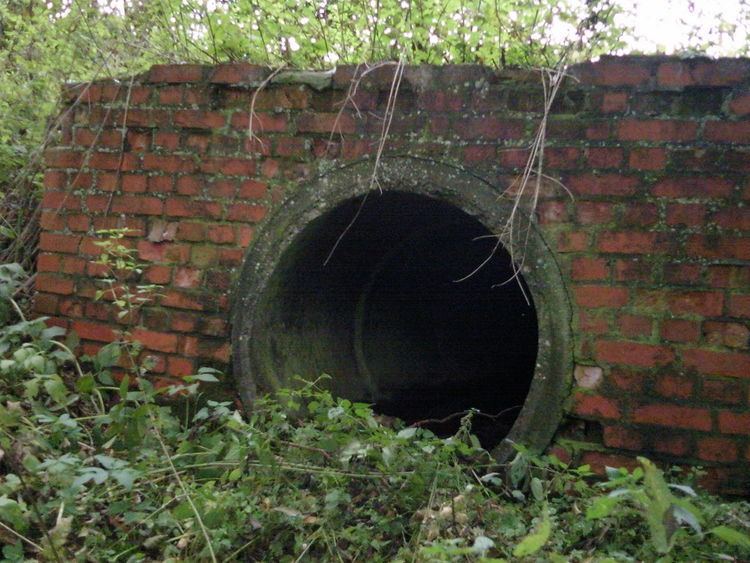Location Straßberg Closed 1876 | Opened before 1696 | |
 | ||
Osterwald h ttenstollen 26 08 2012
The Hüttenstollen, also Straßberger Hüttenstollen, was the central drainage adit in the Straßberg mining field and was also part of the Lower Harz Pond and Ditch System in the Harz Mountains of Germany. The adit lies at a depth of 50 m and is 750 m long. The pit water was drained into the Selke. The drainage ditches were the Straßberger Flösse and the Stollgraben.
Contents
History
The construction of a deep adit had begun before 1696. The aim was to provide ventilation for the pits at Straßberg: the Segen Gottes, Hilfe Gottes, Gott hilft gewiß and Vertrau auf Gott (later, the Glasebach Pit). Georg Christoph von Utterodt, who came from Ilmenau, took over the running of the Straßberg mines in 1701. In the years that followed the adit was driven out from the Selke valley.
Under Christian Zacharias Koch the adit, which had since been named the Hüttenstollen was further extended in 1720. By linking it to the main adit (Hauptstollen) south of Straßberg, the Hüttenstollen was expanded to become the central drainage adit for the Straßberg pits of Getreuer Bergmann (formerly Gott hilft gewiß), Glückauf (formerly Hilfe Gottes) and Zum Schwarzen Hirsch. The pits are holed through to one another.
A final extension was carried out from 1848-1856 to the Kreuz Pit. In 1876 the adit was abandoned.
Richtschacht
The Straßberg mines were bought in 1856 by the Straßberg-Haynsche company. The Richtschacht was started up in 1858 as a 180 m long mineshaft with an underground wheelhouse (Radstube) and was linked to the Hüttenstollen. From its foot, at a depth of 80 m, it was intended to handle the water management and surveying of deeper-lying ores up to a depth of 210 m. The driving water for the unexpectedly large quantities of water from old workings was insufficient; in addition only quartz, calcite and narrow veins with small amounts of galena were found. Mining ceased after the workings were flooded.
Present condition
The adit lost its function when the Straßberg pits closed and has collapsed in places. The Richtschacht was verbühnt and collapsed (verstürzt); neither winch (Hornstatt) nor wheelhouse (Radstube) has survived.
The walled mouth of the Hüttenstollen on the Selke is still visible and, like the site of the Richtschacht, is marked with a mining information board.
